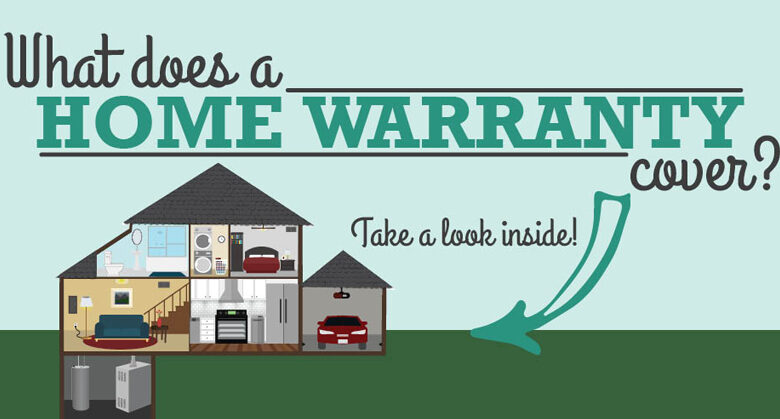Understanding Your Home Warranty Plans

There are several different types of home warranties on the market. Some are more comprehensive than others, while others are more limited in their coverage. Regardless of your type, it’s essential to understand the coverage limits, Exclusions, and reimbursement options. Purchasing a home warranty is an excellent way to protect yourself and your home.
Coverage limits
While there are many benefits to having home warranty coverage, you should also be aware of the different types and their coverage limits. You can refer to the Las Vegas home warranty guide to understand the coverage limits of these plans. These limits help home warranty companies manage claims while keeping costs low for the average homeowner. Often, the coverage limits are based on the price of repairing or replacing eligible systems and appliances.
Some home warranties will only cover repairs under a specific dollar amount. For example, Landmark will only pay up to $500 for HVAC ductwork modifications. The rest of the costs will be the responsibility of the homeowner. Check out the coverage limits to determine whether you need to upgrade your home warranty.
Home warranty plans can also be customized to cover certain appliances or systems. The service contract you receive from a home warranty provider will detail what’s covered and what’s not. The best home warranties combine both types of coverage. Per item, coverage is helpful for appliances and systems that need frequent replacements. For example, a $1,000 coverage limit only makes sense if you need to replace a washing machine that costs $1,500.
Home warranty coverage limits vary according to provider and home type. SHW home warranty coverage begins 30 days after the first payment. However, the coverage is limited to residential properties only and does not cover commercial or business properties. Select home warranty coverage is limited to single-family dwellings and excludes common condominium areas.
Exclusions
When buying a home warranty, it is essential to understand the specific exclusions and limitations. These can be highly frustrating, as they can limit the types of problems that your home warranty will cover. If you have purchased a home warranty and are faced with an unexpected repair bill, it is essential to understand these exclusions and limitations to avoid any unforeseen problems.
Home warranties usually cover a range of major systems and appliances, but only some parts. Many do not cover structural defects, which may require additional payments. Some may also require you to take extra steps before your home warranty repair technician can make the necessary repairs. Additionally, some home warranties do not cover normal wear and tear or failure to perform necessary maintenance.
Home warranty providers may also offer options that allow policyholders to expand coverage. To find out what is covered, read a sample service contract from the provider. The contract should spell out the exclusions and limitations of each type of coverage. The contract should also outline maximum payout amounts and limitations. Home warranty providers may also place limits on certain appliances or systems.
Reimbursement Options
Different types of home warranty reimbursement options are available to homeowners. Some cover preexisting conditions, while others don’t. You should thoroughly read the plan documentation to determine whether it covers your specific situation. Typically, the warranty is valid for 12 to 13 months, but some companies allow you to cancel within a specified period.



